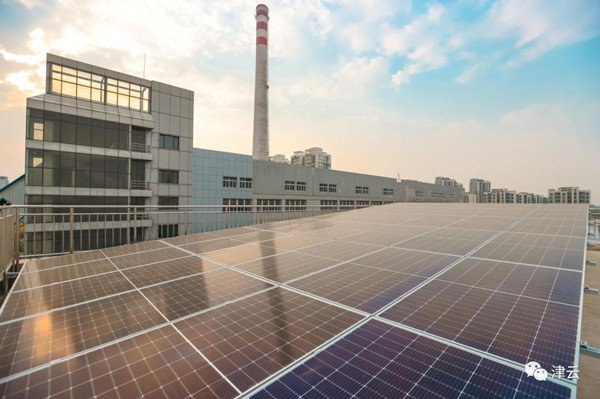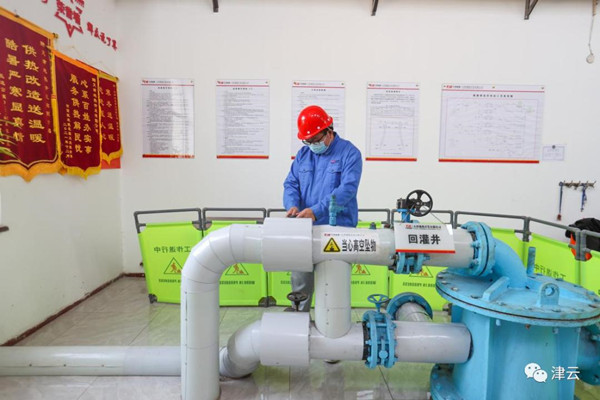Tianjin uses cleaner energy, reduces carbon emissions

Residents in Tianjin have switched from traditional coal-fired heating to clean and renewable sources of power to warm up their homes. This represents part of the efforts of China to cut carbon emissions.
"In recent years, this house has been heated by geothermal power coming from a depth of about 1,680 meters underground and it has worked pretty well," an elderly resident in Hexi district said. His room temperature is above 20 degrees Celsius, in sharp contrast to the freezing weather outside.
According to local authorities, the total area of geothermal heating in the city reached 34.05 million square meters during the winter heating season from 2019 to 2020.

For the households in Tianjin that have switched to geothermal heating, the cost has remained unchanged at 25 yuan ($3.58) per square meter, and a household would generally pay 2,000 to 3,000 yuan for the entire heating season lasting five months.
Besides Tianjin, provinces such as Shaanxi, Hebei, Henan and Shandong have also been using geothermal power for heating.
With the rise of the photovoltaic industry, solar power has also been widely used for heating across Northern China. The Tianjin Jin'an Thermal Power Company has begun using solar power in offices and workplaces.
The new energy can contribute to the country's efforts to achieve carbon neutrality goals.

It is estimated that the solar power heating project of Tianjin Jin'an Thermal Power Company, which covers over 3,000 square meters, can reduce the use of standard coal by 82 tons a year, decreasing emissions of carbon dioxide by 213 tons.
In another innovative approach, waste heat generated by big data centers has also been used for heating in cities such as Tianjin and Nanjing. Moreover, governments across the country usually cap heating costs and subsidize heating supply companies.
Nuclear power is also becoming an alternative source of heating. The first nuclear heating project in Northeast China has been operational in Wafangdian city of Liaoning province, since November.
New types of energy heating have a promising prospect in China. According to a five-year plan on renewable energy development released by the government earlier this year, the scale of non-electric utilization such as geothermal heating, biomass heating and fuel, as well as solar heating will reach more than 60 million tons of standard coal by 2025.

Copyright © Tianjin Municipal Government.
All rights reserved. Presented by China Daily.
京ICP备13028878号-35



